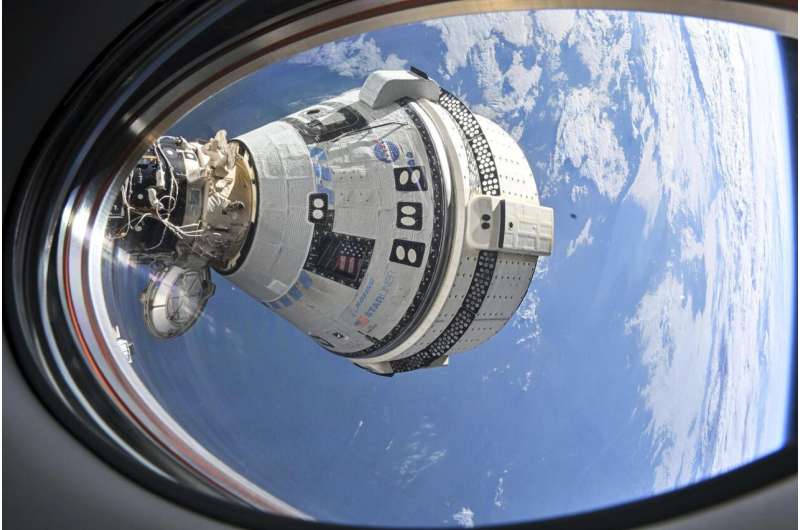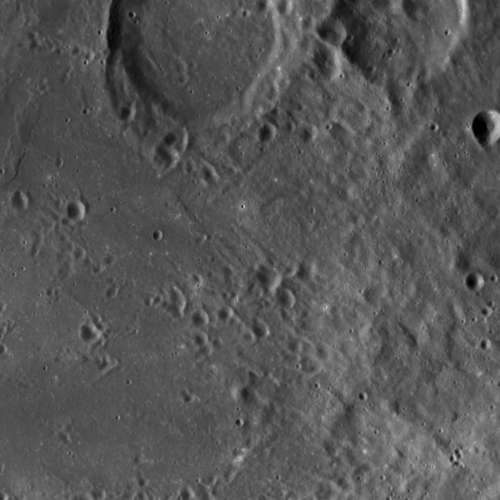
Copernical Team
Precision Rice Mapping Enhanced with Satellite Data by Sun Yat-sen University Researchers
 Scientists at Sun Yat-sen University have developed a pioneering framework that integrates advanced satellite data with rice growth stages, significantly improving the accuracy of paddy rice mapping. This advancement is anticipated to enhance global food security initiatives.
Published in the Journal of Remote Sensing on July 8, the research addresses the importance of precise rice mapping
Scientists at Sun Yat-sen University have developed a pioneering framework that integrates advanced satellite data with rice growth stages, significantly improving the accuracy of paddy rice mapping. This advancement is anticipated to enhance global food security initiatives.
Published in the Journal of Remote Sensing on July 8, the research addresses the importance of precise rice mapping Enhanced Dryland Monitoring Through Combined Remote Sensing Techniques
 In dryland regions, where vegetation is scarce, scientists have developed advanced "external eyes" to monitor these vital ecosystems. Researchers at the U.S. Department of Agriculture (USDA) Agricultural Research Service (ARS) have introduced a new method that integrates high-frequency near-surface camera data with satellite imagery. This approach offers an improved way to monitor and manage dry
In dryland regions, where vegetation is scarce, scientists have developed advanced "external eyes" to monitor these vital ecosystems. Researchers at the U.S. Department of Agriculture (USDA) Agricultural Research Service (ARS) have introduced a new method that integrates high-frequency near-surface camera data with satellite imagery. This approach offers an improved way to monitor and manage dry CropX and CNH Industrial Collaborate on API for Enhanced Precision Farming
 CropX Ltd., a leading provider of digital agriculture solutions, and CNH Industrial N.V. (NYSE: CNH), a major player in agricultural machinery and technology, have introduced a new application programming interface (API) that integrates the CropX agronomic farm management system with equipment from Case IH and New Holland Agriculture. This new API facilitates the automated transfer of data from
CropX Ltd., a leading provider of digital agriculture solutions, and CNH Industrial N.V. (NYSE: CNH), a major player in agricultural machinery and technology, have introduced a new application programming interface (API) that integrates the CropX agronomic farm management system with equipment from Case IH and New Holland Agriculture. This new API facilitates the automated transfer of data from AzurX Space Ventures and ICE Back Space Intelligence in Expanding Global Nature Mapping Dataset
 Space Intelligence, a leader in high-precision nature mapping using satellite data, has announced the successful closing of its Series A funding round. This round was spearheaded by new investors AzurX Space Ventures (ASV) and included participation from Intercontinental Exchange, Inc. (NYSE: ICE).
The newly secured funding will be instrumental in expanding Space Intelligence's global fore
Space Intelligence, a leader in high-precision nature mapping using satellite data, has announced the successful closing of its Series A funding round. This round was spearheaded by new investors AzurX Space Ventures (ASV) and included participation from Intercontinental Exchange, Inc. (NYSE: ICE).
The newly secured funding will be instrumental in expanding Space Intelligence's global fore Potential seen for US-China space relations
 China's recent retrieval of the first-ever samples from the far side of the moon has renewed talks about the possibilities of the United States and China joining in space-based research programs aimed at addressing global challenges, particularly climate change.
"The US and China each have very innovative space programs, and one area, for example, where the US and China could work together
China's recent retrieval of the first-ever samples from the far side of the moon has renewed talks about the possibilities of the United States and China joining in space-based research programs aimed at addressing global challenges, particularly climate change.
"The US and China each have very innovative space programs, and one area, for example, where the US and China could work together HySpex Payloads Successfully Complete Key Diurnal Stratospheric Flight
 Sceye, an aerospace company known for its expertise in material science and High-Altitude Platform Systems (HAPS), has announced the successful completion of a diurnal stratospheric flight, marking an important milestone toward achieving long-duration solar-powered flights.
The HAPS, launched from Sceye's New Mexico facility on August 15th at 7:36 AM MST, landed the next day at 12:21 PM MS
Sceye, an aerospace company known for its expertise in material science and High-Altitude Platform Systems (HAPS), has announced the successful completion of a diurnal stratospheric flight, marking an important milestone toward achieving long-duration solar-powered flights.
The HAPS, launched from Sceye's New Mexico facility on August 15th at 7:36 AM MST, landed the next day at 12:21 PM MS Sentinel-2C sealed in the Vega rocket fairing

As preparations continue to launch the Copernicus Sentinel-2C satellite on 4 September, the team at Europe’s Spaceport in Kourou, French Guiana, has bid farewell to their precious satellite as it was sealed from view within the Vega rocket fairing.
NASA will decide Saturday if Boeing's new capsule is safe enough to fly 2 astronauts back from space

NASA said Thursday it will decide this weekend whether Boeing's new capsule is safe enough to return two astronauts from the International Space Station, where they've been waiting since June.
Physicians work to help prevent vision loss associated with space travel

Physicians at the Medical College of Georgia at Augusta University are working with Polaris Dawn, the first of the Polaris Program's three human spaceflight missions, to better understand the eye changes many astronauts experience during spaceflight that can leave them with a wide range of symptoms once they return to Earth—from a new need for glasses to significant loss of vision.
The Polaris Program is a first-of-its-kind effort to rapidly advance human spaceflight capabilities while continuing to raise funds and awareness for important causes on Earth.
More than 70% of astronauts experience a phenomenon known as Spaceflight Associated Neuro-Ocular Syndrome, or SANS, according to NASA. The syndrome can have "a constellation of symptoms, including these changes in vision," said Matt Lyon, MD, director of the MCG Center for Telehealth.
Astronauts can experience other maladies as well when body fluids, such as cerebrospinal fluid, shift, which can lead to structural changes in the brain.
"The changes start happening on day one," said Lyon, who is also the J. Harold Harrison M.D. Distinguished Chair in Telehealth.
Juice’s navigation camera gets first taste of space

During this week’s lunar-Earth flyby, the Navigation Camera (NavCam) of ESA’s Jupiter Icy Moons Explorer (Juice) was tested out in space for the first time.

